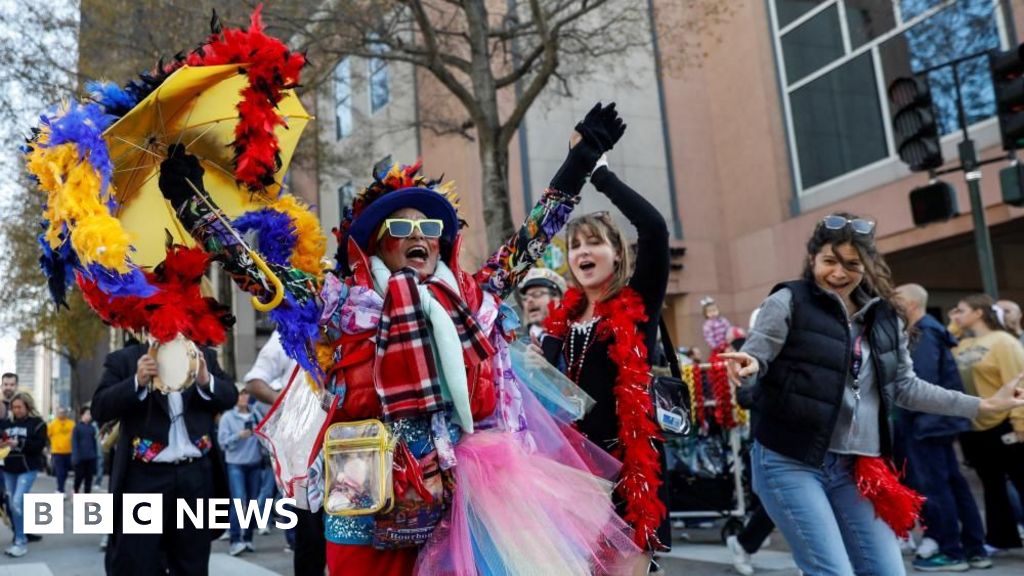- Tesla’s advantage has long been its charging technology and Supercharger network.
- Now, more and more automakers are switching to Tesla’s charging tech.
- But there are a few things non-Tesla drivers need to know about charging at a Tesla station.
A lot has hit the news cycle in recent months with regard to electric car drivers and where they can and can’t plug in. The key factor in all of that? Whether automakers switched to Tesla’s charging standard.
More car companies are shifting to Tesla’s charging tech in the hopes of boosting their customers’ confidence in going electric.
Here’s what it boils down to:
If you currently drive a Tesla, you can keep charging at Tesla charging locations, which use the company’s North American Charging Standard (NACS), which has long served it well. The chargers are thinner, more lightweight and easier to wrangle than other brands.
If you currently drive a non-Tesla EV, you have to charge at a non-Tesla charging station like that of Electrify America or EVgo — which use the Combined Charging System (CCS) — unless you stumble upon a Tesla charger already equipped with the Magic Dock adapter. For years, CCS tech dominated EVs from everyone but Tesla.
Starting next year, if you drive a non-Tesla EV (from the automakers that have announced they’ll make the switch), you’ll be able to charge at 12,000 Supercharger locations with an adapter. That’s not all Superchargers — some (the original and V2 chargers) are not compatible with CCS, but the V3 chargers are. But by 2025, EVs from some automakers won’t even need an adaptor.
Here’s how to charge up, depending on which EV you have:





